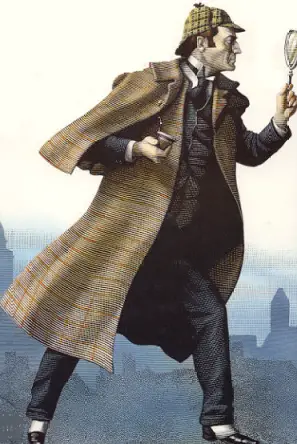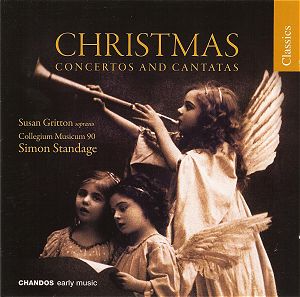Greetings, scholars!
| After our blind vote, the results are in: Supercalifragilistic has been chosen as our official word for 32nd note syllables. Thanks to Miss Charlotte for her nomination! Please review all of the syllables we say with our note values for when we meet again in 2013: Toot - 1/4 notes, Chugga - 1/8 notes, Locomotive - 16th notes, Supercalifragilistic - 32nd notes, and Hemidemisemiquaver - 64th notes! |
Practice writing note values and review the parts of the notes: heads, stems, flags, and beams.
♫
♫
Congratulations
to all keen detectives who donned their deerslayer caps and found out
that Thomas Edison invented the incandescent light bulb and Ben Franklin
discovered electricity. By the way, in 1759, Ben Franklin heard The Messiah in England conducted by Handel! Ben Franklin
loved to sing with his family and friends, played the viola de gamba
(early cello), and invented an instrument called the Glass Armonica. Listen to Adagio (slow and calm) by Mozart for this interesting instrument. We will make one of our own in class soon.
| Ben Franklin playing the Glass Armonica |
I hope you have time to enjoy The Nutcracker over the holidays. My favorite movie version is choreographed by Balanchine. Here is a wonderful version, as well.
 | ||||||||
| Balanchine's Nutcracker Movie New York City Ballet |



